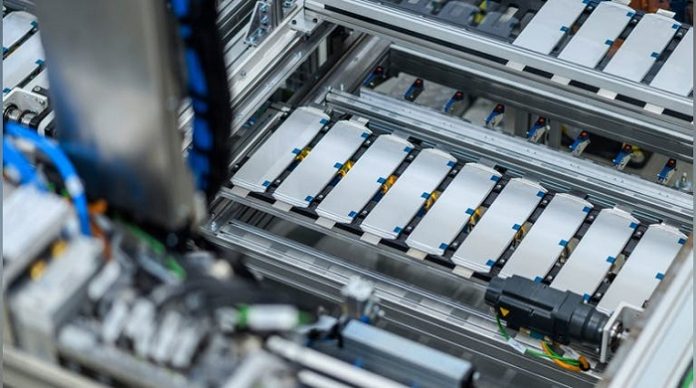Benefit
- Enhanced redundancy measurement system and communication function to facilitate development and design of BMS compliant with ASIL-D of in-vehicle functional safety standard (ISO26262).
- Achieved high-precision measurement with a voltage measurement error of 1.5 mV (our conventional product is at 2.5 mV) and realized BMS compatible with various types of battery cells and applications.
- Simplify in-vehicle battery system connecting 100 to 200 battery cells in series by measuring up to 20 series-connected battery cells with one IC, which is the highest level in the industry.
Battery electric vehicles (BEVs) and hybrid electric vehicles (HEVs) are becoming more and more popular to achieve carbon neutrality worldwide. Automakers are encouraged to ensure safety against hazardous events such as lithium-ion batteries catching fire and emitting fumes. The cruising range per charge of BEVs must be extended equivalent to a single fueling of internal combustion engine vehicle. Lithium-ion batteries have various battery chemistries such as NMC[1], LiFePO4[2], and LTO[3], depending on the materials used for the positive electrode and negative electrode. A battery monitoring IC can measure a wider voltage in wide temperatures is required to select the optimum battery according to the application for considering of energy efficiency, safety and cost. Automakers are required to install a large-capacity, high-output lithium-ion battery in a small space of BEVs and HEVs.
Our new BM-ICs can detect a wide range of battery cell abnormalities and BMS failures with a redundant measurement system consisting duplicates of the battery cell input terminal, multiplexer, and AD converter in a single IC. It is equipped with a daisy communication function that is more robust than conventional products. This will enable automakers and battery module manufacturers to easily develop and design battery systems that comply with ISO26262 ASIL-D requirements. The new devices with a high precision voltage measurement error of 1.5 mV, help to extend the cruising range of BEVs, and support a wide input voltage range thereby maximizing the performance of lithium-ion batteries; and enabling to deployment a common platform for various vehicle models and applications. In addition, the new products measure up to 20 connected battery cells in series, which have been well-established from the previous generation. As a result, BMS can be configured with a smaller number of components for a high-voltage battery system with many battery cells connected in series, contributing to the miniaturization of the battery module.
Technological Features:
- The elements and functional blocks are electrically separated by utilizing the characteristics of the well-established proprietary SOI process. This separates the measurement terminals of the battery cell into two systems. The enhanced measurement system enables failure detection of the input filter composed of external parts. The bidirectional daisy communication enables the configuration of a robust communication topology with higher redundancy.
- The new ICs have the industry’s highest level of absolute voltage measurement accuracy due to implementing a high-precision reference circuit and adjusting the temperature fluctuation characteristics at the time of shipping inspection. The new products achieve high measurement over wide voltage ranges and temperatures by circuit technology that suppresses leakage current and corrects minute deviations in voltage accuracy at high temperatures.
- The new devices have high withstood voltage at a maximum rated voltage 144V with integrated functions by fine process, and a highly safe redundant design that is the advantage of SOI process technologies.

